He was one of the talented individuals whose labours helped bring a ruined Scottish castle in the Highlands back to life.
And now, the story of how Paul Mowbray was involved in the restoration of the 16th century Fairburn Tower is the subject of a new TV documentary.
It brought it back to life
The programme recounts how the large-scale project was overseen by the Landmark Trust, while a disparate group of artists, craftsmen and tradespeople sprinkled their magic at the site, near Muir of Ord in Ross-shire.
Paul was commissioned to recreate the structure’s medieval ceiling and produced something beautiful at the heart of what had been a 500-year-old shell.
He was often oblivious to anything happening in the wider world, such was his absorption in resurrecting a rare survivor from the Scottish Renaissance.
But this beetle-browed lover of art, architecture, history, his homeland and a challenge rose to the task magnificently and his work will feature in the More4 documentary series Historic House Rescue at 9pm on May 15.
Nothing was left to chance
Paul told me: “I was asked if I would be interested in creating a traditional Scottish board and beam painting in a late 16th century style.
“I went to visit the tower and was very impressed with the standard of the restoration considering the state it was in before. The draft for the painted ceiling was impressive and very well researched by two of the Landmark Trust’s historians.
“This was the backbone of the task and was based on the look and manner of some content from Delgatie Castle, a ceiling I always admired in the Aberdeenshire style.
“I worked with the historian and produced a 3D visual of how it would look and, together, we established relevant historical content and where it should be placed within the area of the ceiling.”
It was back-breaking work for Paul
Such significant renovations weren’t implemented easily. Forget about a minor tinkering of the amenities; this was basically starting from scratch on a giant canvas.
But thankfully, Paul’s passion for his subject and the knowledge gleaned from travelling across Scotland from Fife to Glasgow and Aberdeenshire to Inverness allowed him to transcend any difficulties he encountered.
He said: “Physically, the work was demanding and it entailed painting above your head daily for two months which was pretty hard going.
“I worked long hours and stayed in local guest houses to maximise progress.
It was a real labour of love
“I also used a local sports therapy masseuse to keep me in shape, and had a yoga mat on site to minimise fatigue.
“From a technical perspective, the work had to be sympathetically carried out and the style of the painting was faithfully observed.
“It was beneficial that I have studied, researched and photographed many of Scotland’s finest painted ceilings and built up knowledge and insight over several decades.
“This helped build a bond with a project such as Fairburn Tower and ensured that it went beyond being a commission and became a responsibility; it’s not only something you do for the present, but also for generations to come in the future.”
I owed so much to my parents
Paul is one of those people who don’t look for problems but solutions; an individual who admits he thrived as part of the collaborative effort at Fairburn.
And much of his drive and determination sprung from the encouragement he was given by his family in his formative years.
He said: “My parents were very encouraging in broadening my interests. Travel, along with historic buildings and museums and studying nature, were central to most days out as a child, and many of these interests and memories inspire my art to this day.
“My parents had limited means, but they bought a steady stream of arts and crafts materials, books and encyclopedias for me and I am so grateful for that.”
We all live in the footsteps of others
Paul’s participation was just one piece of a larger jigsaw puzzle when it came to an initiative on the scale of Fairburn Tower.
He paid tribute to skilled labourer Tristan Maryon, who provided him with whatever support he required and, as Paul said: “He is one of these folk you don’t meet very often – positive, full of energy in his job. It must be something in the water up there.”
Yet, in his words and his unfettered enthusiasm for his labours, there’s the zeal and zest of the genuine aesthete, allied to a pride in what he and his colleagues achieved.
So what were the abiding memories of immersing himself in the Tower? Once again, his words testified to the fact this project was about a lot more than his fee.
We were communing with nature
He said: “It’s hard to express the sense of leaving your artwork in a noble historic property and painting in a style of a long forgotten age, but using snippets of content that tell a little about Fairburn’s story today.
“Then, there were the barn owls that moved in during site work and the jackdaws that broke in and built impressive nests while the workers were on their weekend break.
“Ultimately, the story has been told using the design and emblem books of the 16th century, so the authenticity permeates throughout.
“We can appreciate all this now, but it will be interesting to know how future generations will observe the art work.”
What’s next for Paul on his journey?
There’s no such thing as a “normal” schedule. One week, he will be completing Gothic carvings for a Georgian manor. The next, he will be involved in producing his own contemporary artwork which has been displayed in the Royal Scottish Academy.
He savours the north of Scotland and isn’t done with this part of the world.
In fact, there could be another alluring assignment this year at Boleskine House; the Loch Ness home of occultist Aleister Crowley, and Led Zeppelin guitarist Jimmy Page.
But we’ll leave that particular stairway to heaven for another day.
If you enjoyed this story, you may also like:
Big interview: Exclusive: Meet the man bringing the past to life at Fairburn Tower in the Highlands
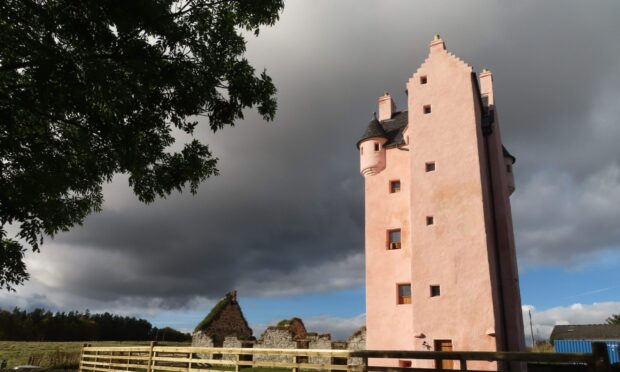


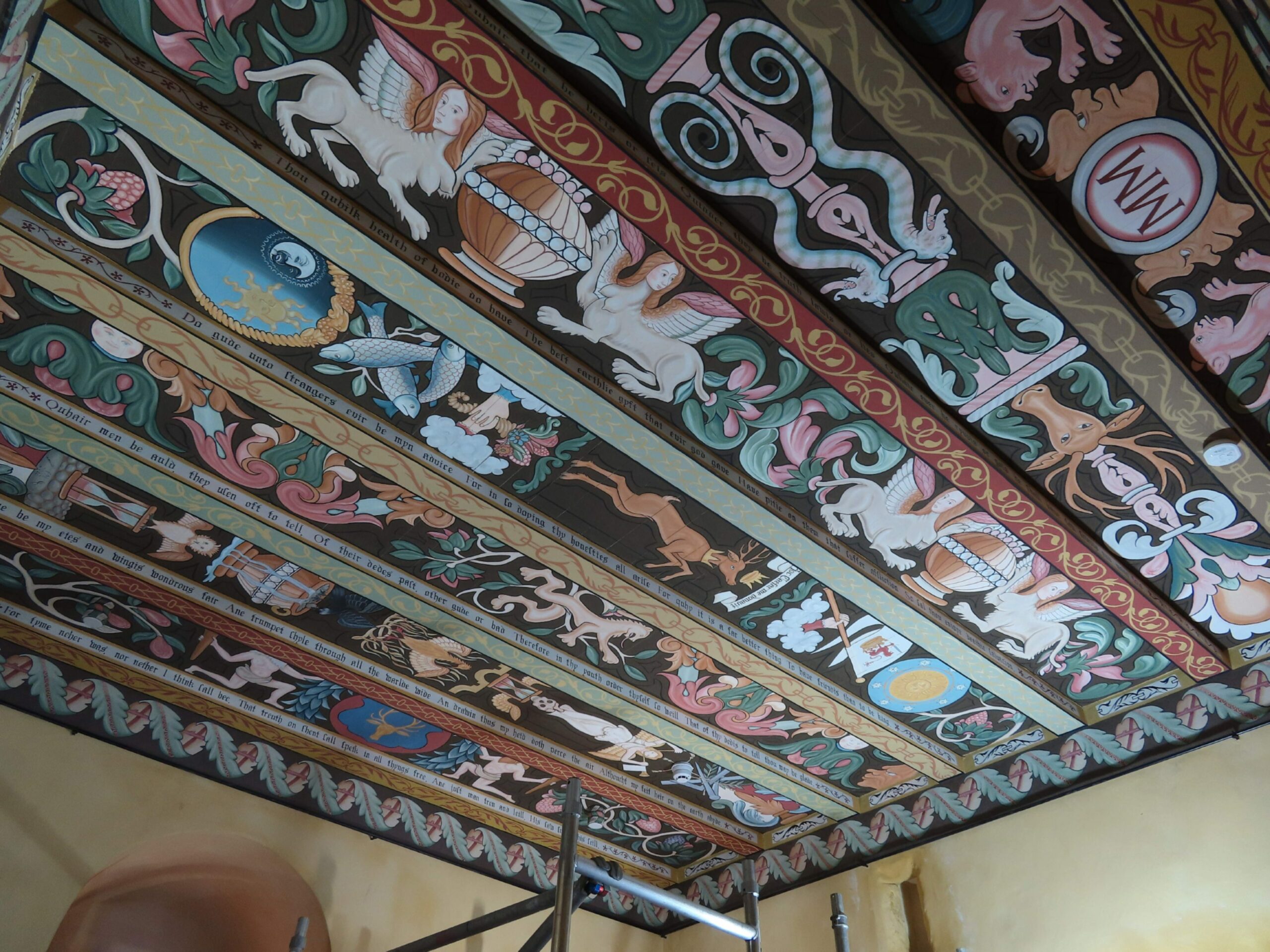
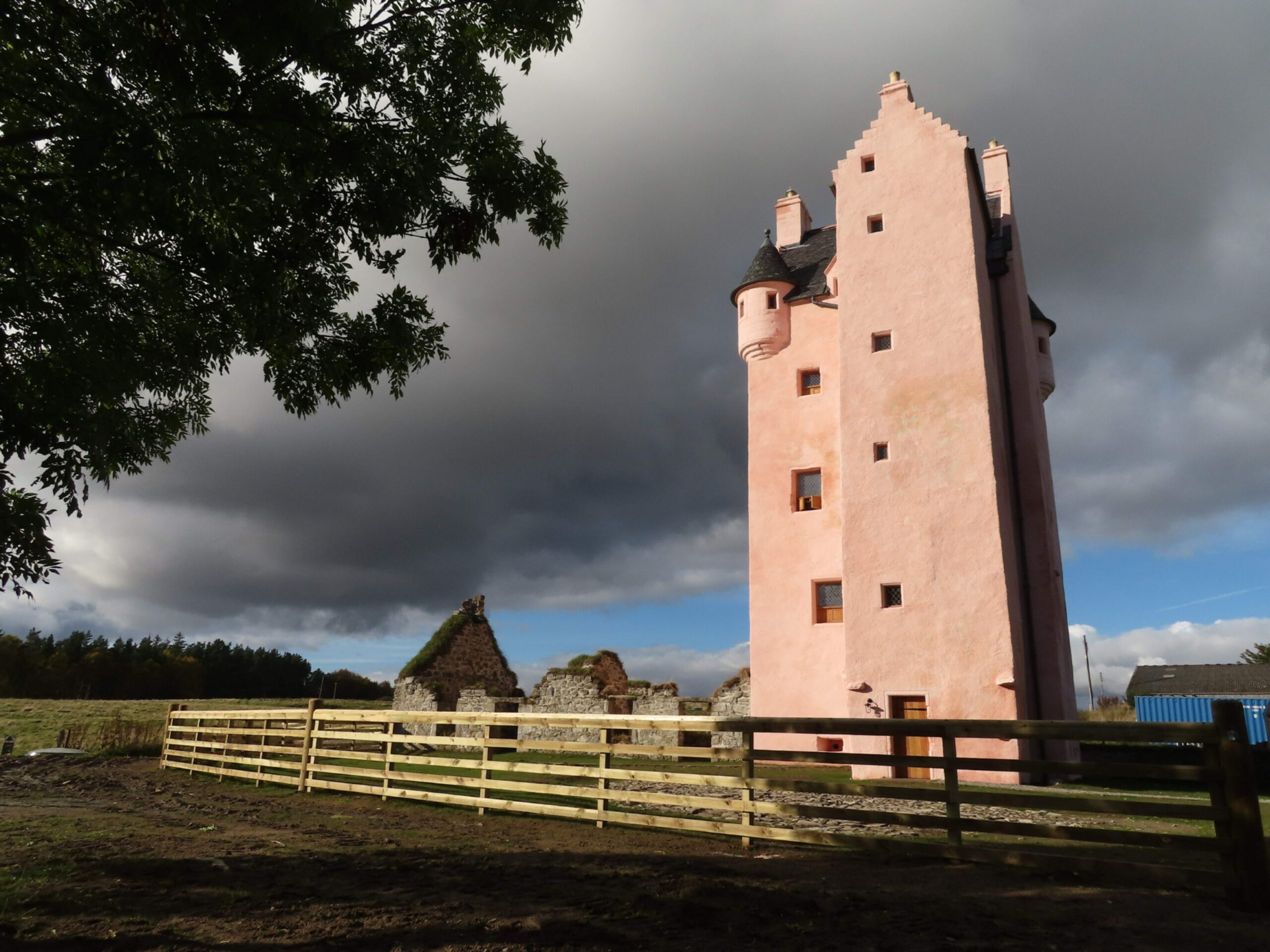
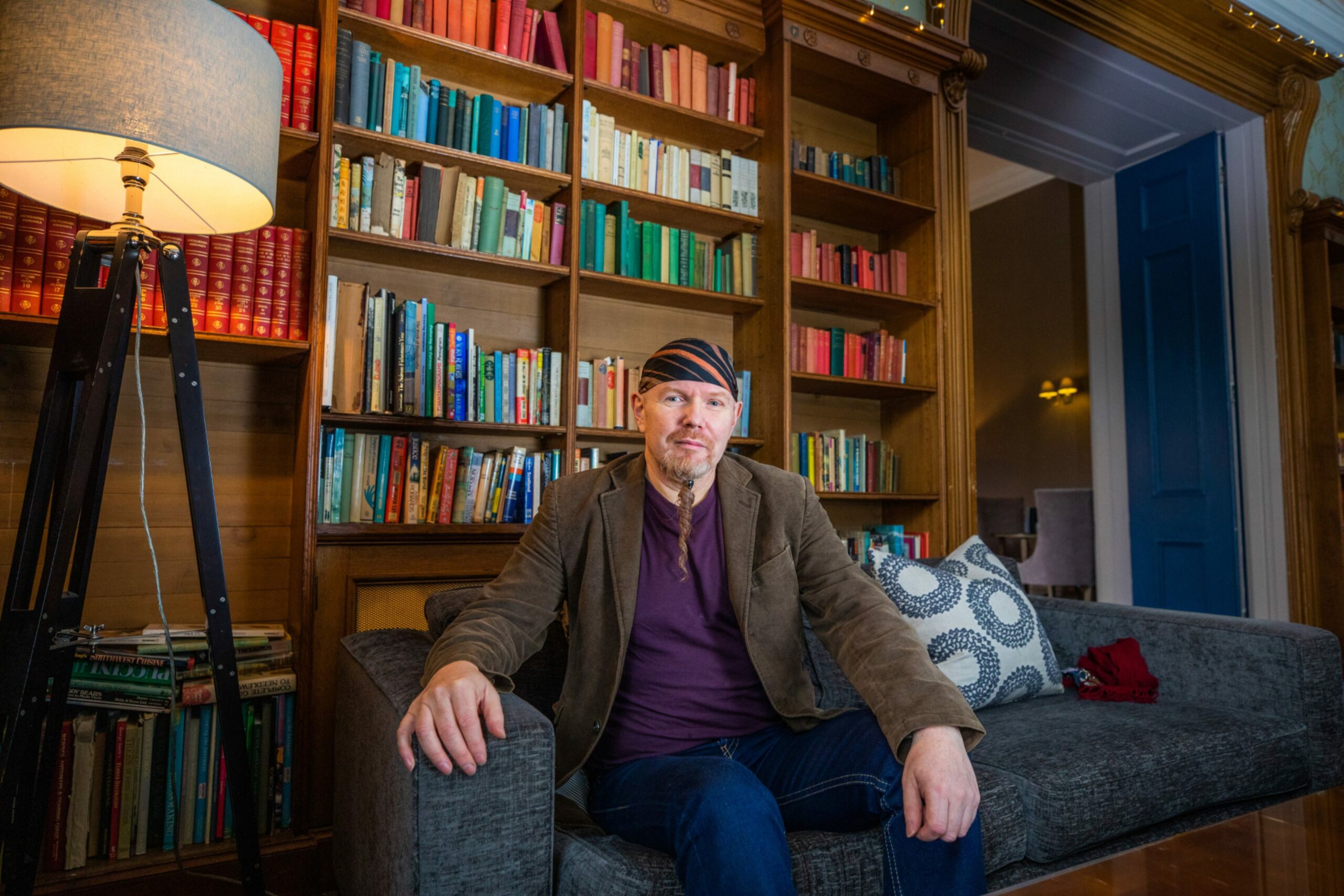
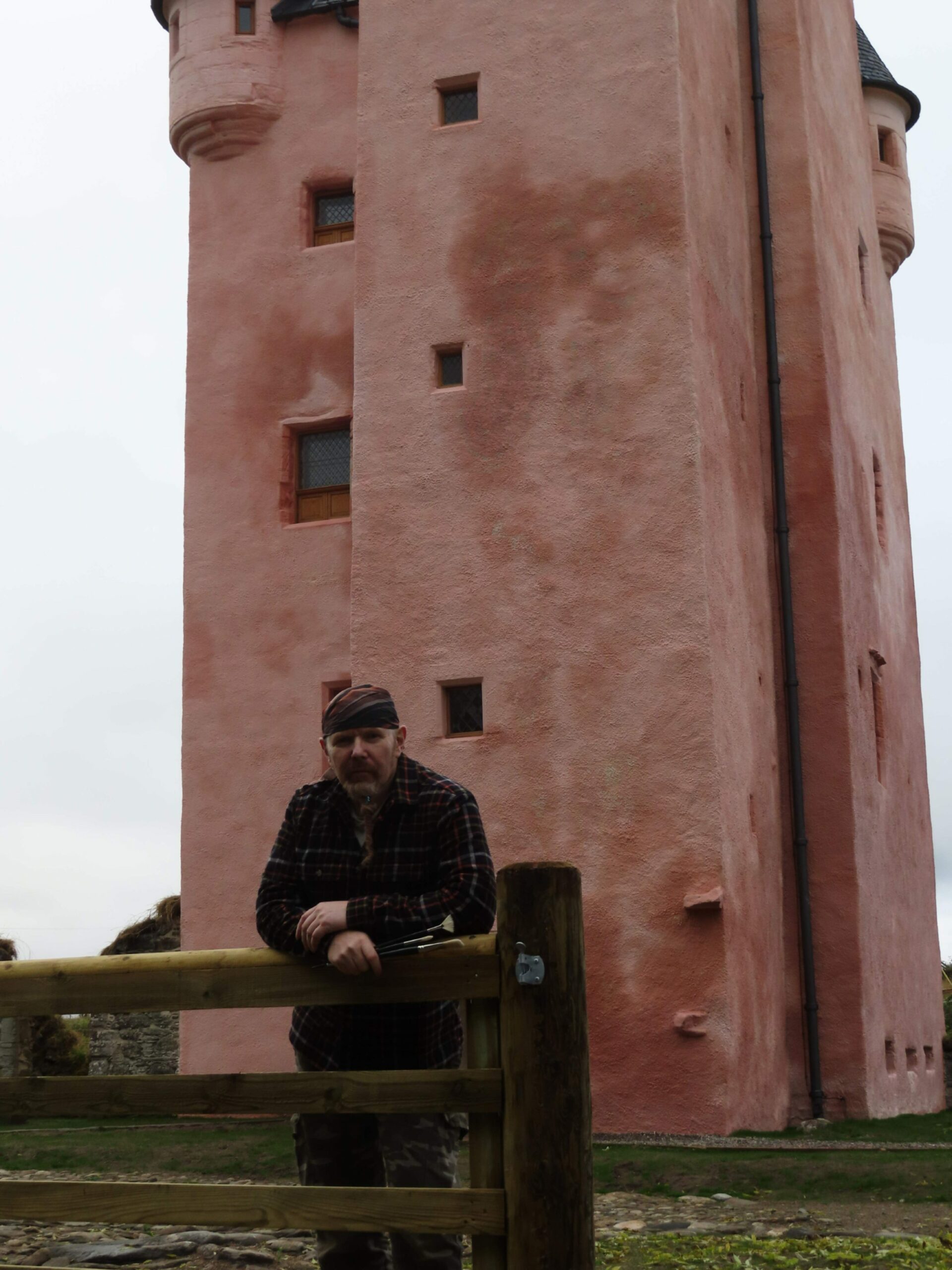
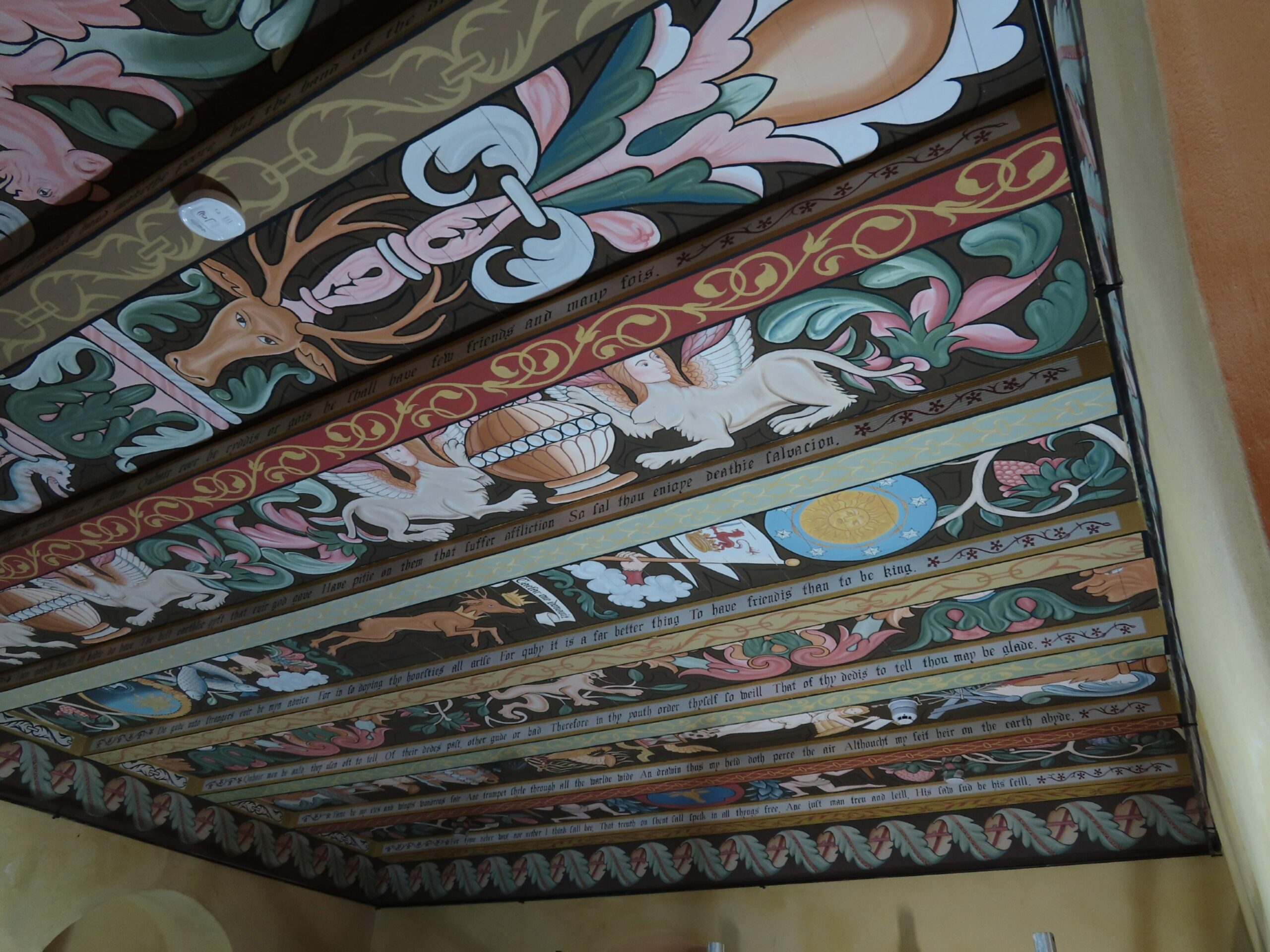
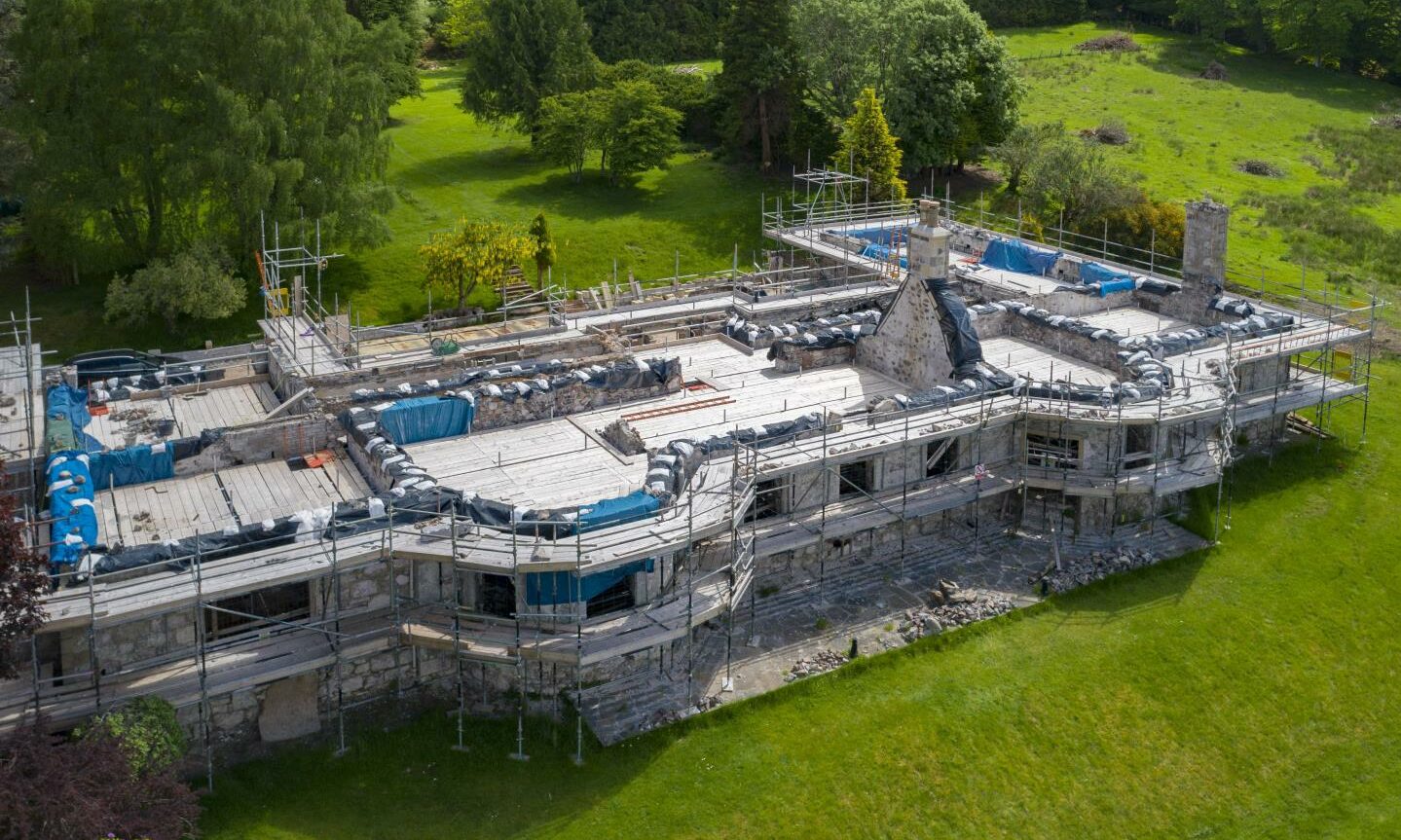
Conversation